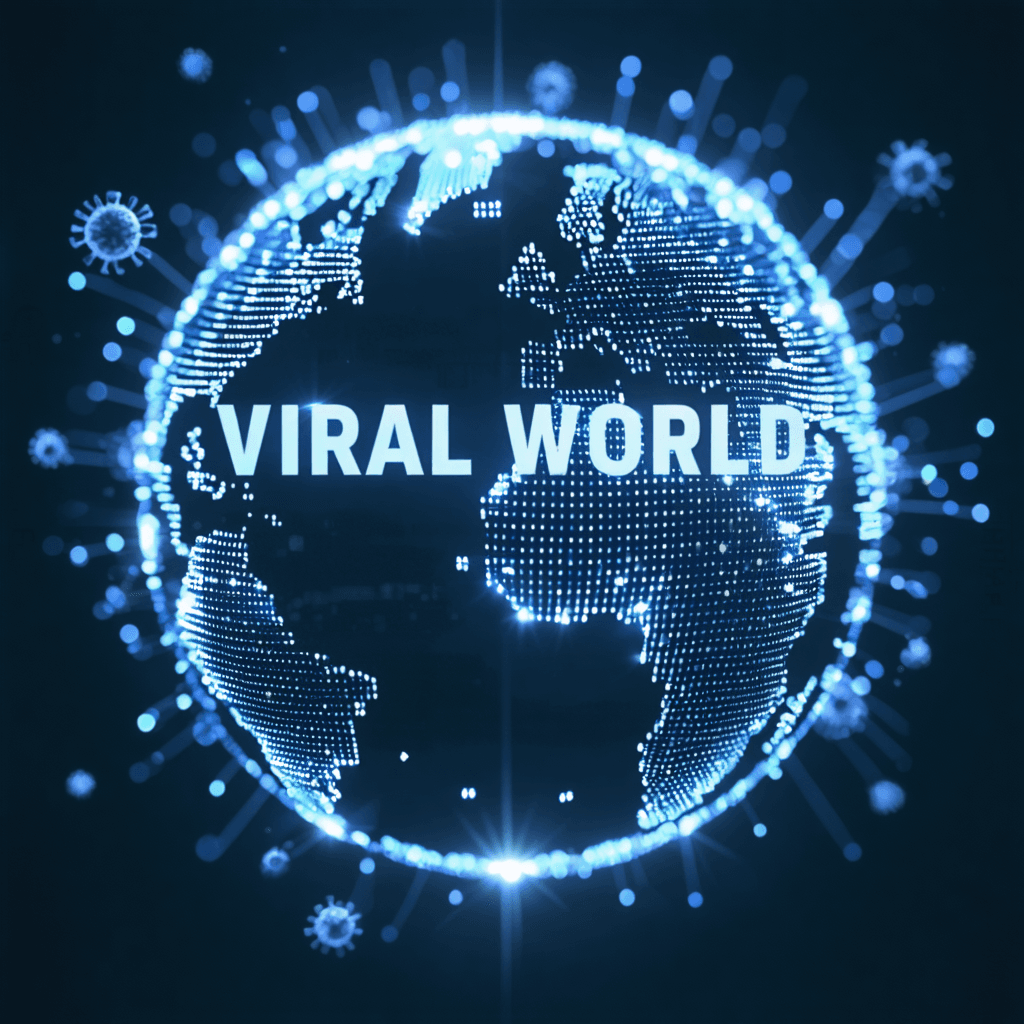Going Viral: Contagion 101 in a Shrinking World
The image is striking: a cough in a crowded marketplace, thousands of miles away, setting off a chain reaction that reaches your doorstep. No, this isn't the plot of a pandemic thriller; it's the reality of our hyper-connected world. We live in an age where geographical boundaries are increasingly irrelevant. But this interconnectedness, while offering unprecedented opportunities, also presents unique challenges. The rapid transmission of information, ideas, and yes, even diseases, has become the new normal. This is Contagion 101 – understanding how things spread in a shrinking world.
The Science of Going Viral – More Than Just a Cough or a Click
The term "viral" has transcended its biological origins to encompass a wide range of phenomena. Whether it's a news story shared millions of times or a new fashion trend sweeping across continents, the underlying principles are surprisingly similar. At the heart of it all lies the potent combination of:
- Networks: Densely interconnected populations, whether online or offline, provide fertile ground for rapid transmission. Think of the intricate web of social media connections or the global network of air travel.
- Replication: Whether it's a catchy tune, a compelling story, or a highly contagious virus, the ability to replicate and spread easily is crucial for going viral.
- Psychological Factors: Our innate human tendencies play a huge role. We are hardwired to pay attention to things that are novel, emotionally charged, or perceived as valuable by our social groups.
Beyond the Buzzword – The Real-World Implications
The implications of this "contagion effect" are far-reaching and impact nearly every facet of our lives:
- Public Health: The COVID-19 pandemic served as a stark reminder of how quickly a virus can circle the globe. Understanding disease transmission in our interconnected world is critical for effective public health interventions and pandemic preparedness.
- The Spread of Information (and Misinformation): In the age of social media, news, and information – accurate or otherwise – can spread like wildfire. This rapid-fire exchange has real-world consequences, influencing public opinion, political discourse, and even social behavior.
- Economic Trends: Consumer trends, market fluctuations, and financial crises can all be amplified by the dynamics of contagion. Understanding these patterns is crucial for businesses, investors, and policymakers alike.
Navigating a World in Constant Flux – Strategies for the Informed Individual
So how do we navigate this complex and ever-shifting landscape? Here are some key takeaways:
Cultivate Media Literacy: In an age of information overload, it's more important than ever to develop critical thinking skills. Question sources, cross-check information, and be wary of sensationalized headlines designed for clicks rather than accuracy.
Be Mindful of Your Digital Footprint: Every click, share, and like contributes to the spread of information online. Be conscious of what you are contributing to the digital ecosystem and consider the potential impact of your online actions.
Embrace Lifelong Learning: The world is changing at an unprecedented pace. The best way to adapt and thrive is to become a lifelong learner, constantly updating your knowledge and skills.
From Contagion to Connection – Harnessing the Power of Networks
While the concept of contagion might seem daunting, it's important to remember that these networks can be harnessed for good. Just as misinformation can spread rapidly, so too can messages of hope, resilience, and positive change. By understanding the principles of contagion, we can become more informed citizens, savvy consumers, and effective agents of positive change in our interconnected world.
Want to dive deeper into the dynamics of our interconnected world? Explore a wide range of courses and resources on 01TEK and empower yourself with the knowledge to thrive in the digital age.
Fail often so you can succeed sooner.
Tom Kelley, Ideo partner



